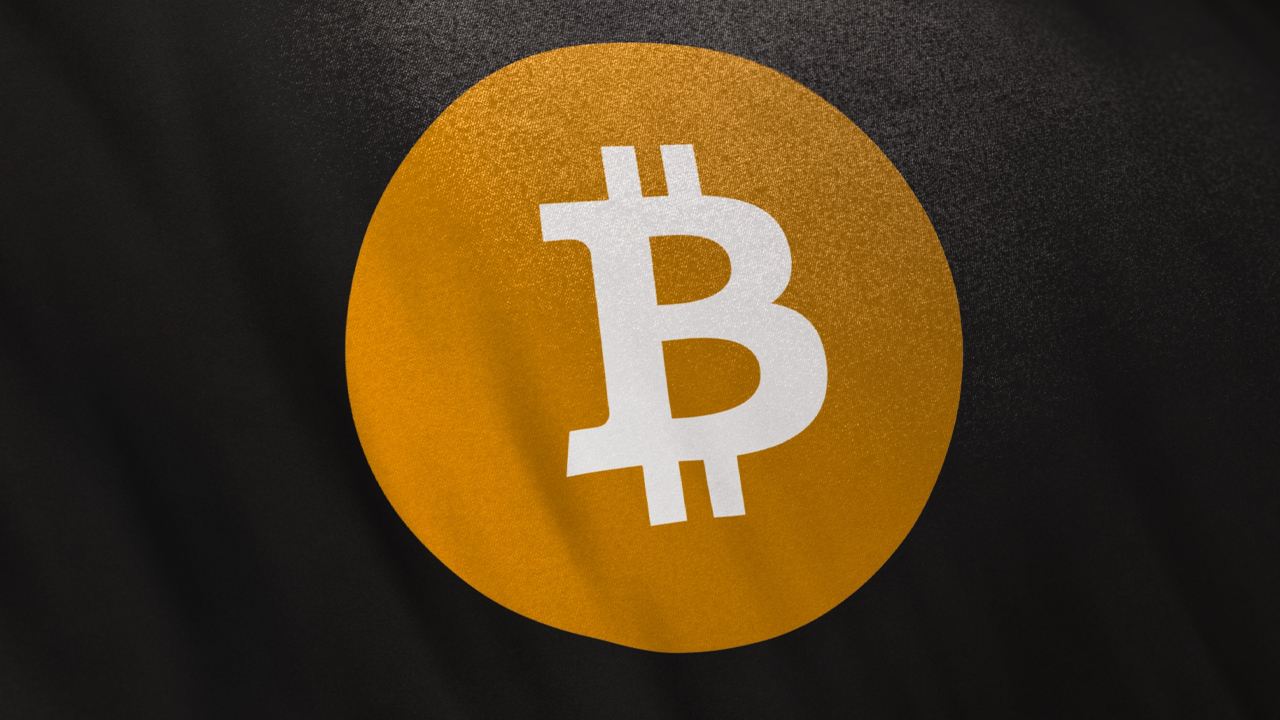The FinTech industry has undoubtedly seen an incredible rise in recent years. With new technology comes a lot of jargon and industry-specific phrases, and this can make aspects of the sector difficult to understand. Seeing phrases like “blockchain” and “Distributed Ledger Technology” (DLT) can put you off if you have no idea what they are.
Perhaps one of the most important mistakes here is that blockchain and DLT are considered synonymous. But this is not entirely the case; in reality, blockchain is DLT, but not all DLT is blockchain. Let’s explain this in more detail.
A chip from the old block
Blockchain first hit our screens via Bitcoin, an early entrant in the DLT market. Bitcoin announced the blockchain as the basis of its operation. In his now legendary article, Satoshi Nakamoto explained how Bitcoin would completely change aspects of financial services by using a publicly distributed digital ledger to record, via a series of blocks, a chain of transactions each confirmed by participants known as “miners”.
This was the true beginning of blockchain in 2008. Since then, other notable players such as Ethereum, Monero and many others have also used the blockchain framework to effectuate their business models. As such, the term “blockchain” has become a household name. However, blockchain is only one technology that operates within the DLT framework.
Since it started working, the blockchain model has faced increasing difficulties. Two of the biggest challenges facing blockchain are its inability to handle a large volume of transactions simultaneously and its high transaction fees. The possibilities have been envisioned and the competition has arisen. The result? This has led to the emergence of another player in this technology. It is known as Directed Acyclic Graph, or “DAG”.
DAG versus Blockchain
DAG, like blockchain, is composed of a network with a number of different nodes that confirm transactions. Each new transaction sent requires the confirmation of at least two previous transactions before it is registered on the network.
As more transactions are submitted, more transactions are verified and entered, resulting in a distributed web of doubly verified transactions.
However, unlike the blockchain model, DAG does not require miners to authenticate their transactions. By allowing two “parent transactions” to confirm the validity of a subsequent transaction, human intervention becomes unnecessary, resulting in a hugely accelerated process: not requiring miners’ confirmation means transactions go through almost instantly.
Additionally, if there are no miners, there are no miner’s fees, which helps keep the actual transaction fees to a minimum. It’s also worth noting that this low-cost structure opens up another important feature; DAG’s ability to process microtransactions.
Examples of directed acyclic graphs
IOTA is one of the more prominent examples of the Directed Acyclic Graph, incorporating the framework through the use of its own aptly named “Tangle” protocol.
Hashgraph is another modern device that uses DAG. The protocol, “Gossip”, differs slightly from IOTA’s. The gossip protocol is as chatty as its name suggests; each network node transmits the information it has to other nodes in the network. It is from this string of ongoing confirmations that the distributed ledger is then created.
DAG has proven to be a suitable challenger to blockchain as it dares to solve the flaws identified in blockchain. Of course, we expect other contenders to follow, and it may still be too early to say whether DAG will win, but it is certainly one to watch out for. In such a fast-paced and new industry, new ideas and frameworks will try to lead the way. Can DAG make it to the top, or will blockchain continue to lead the way?
Only time will tell.


























